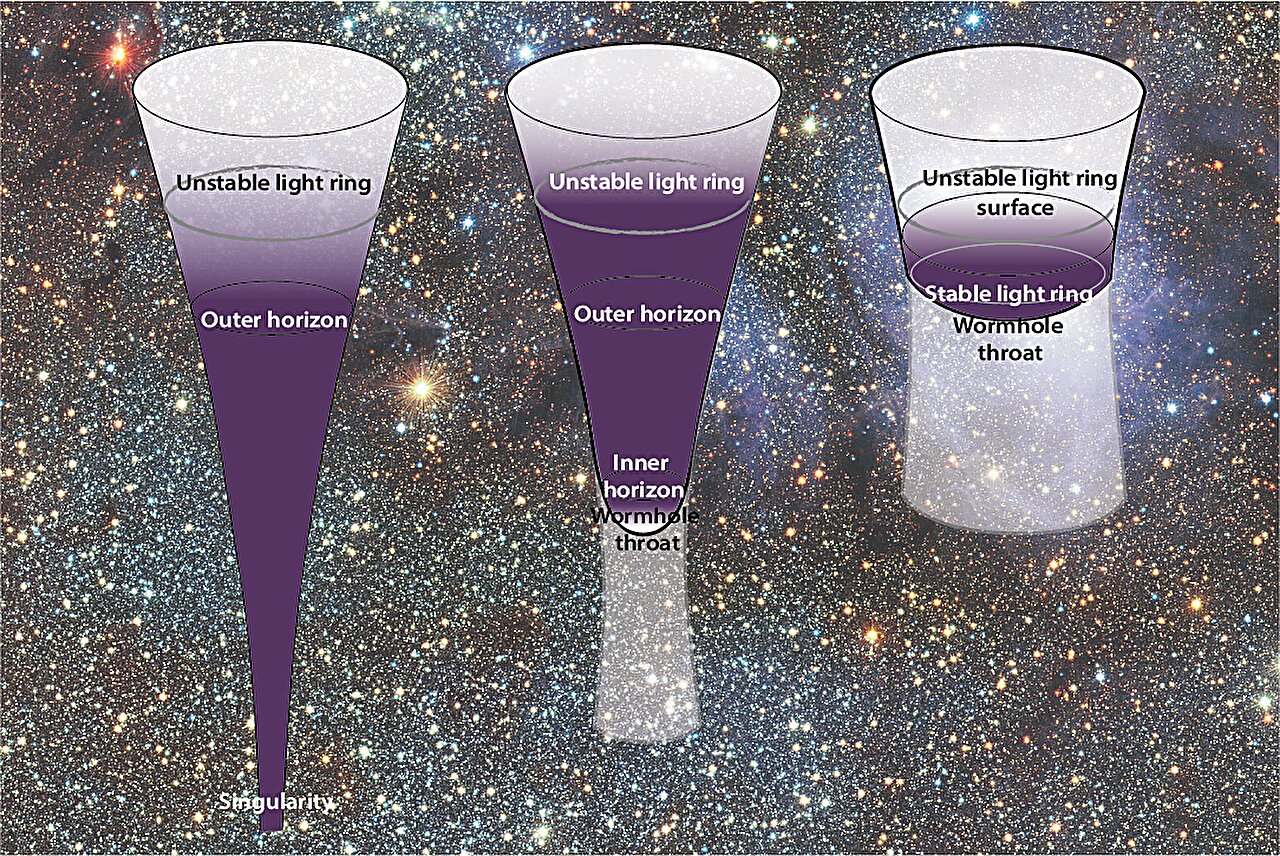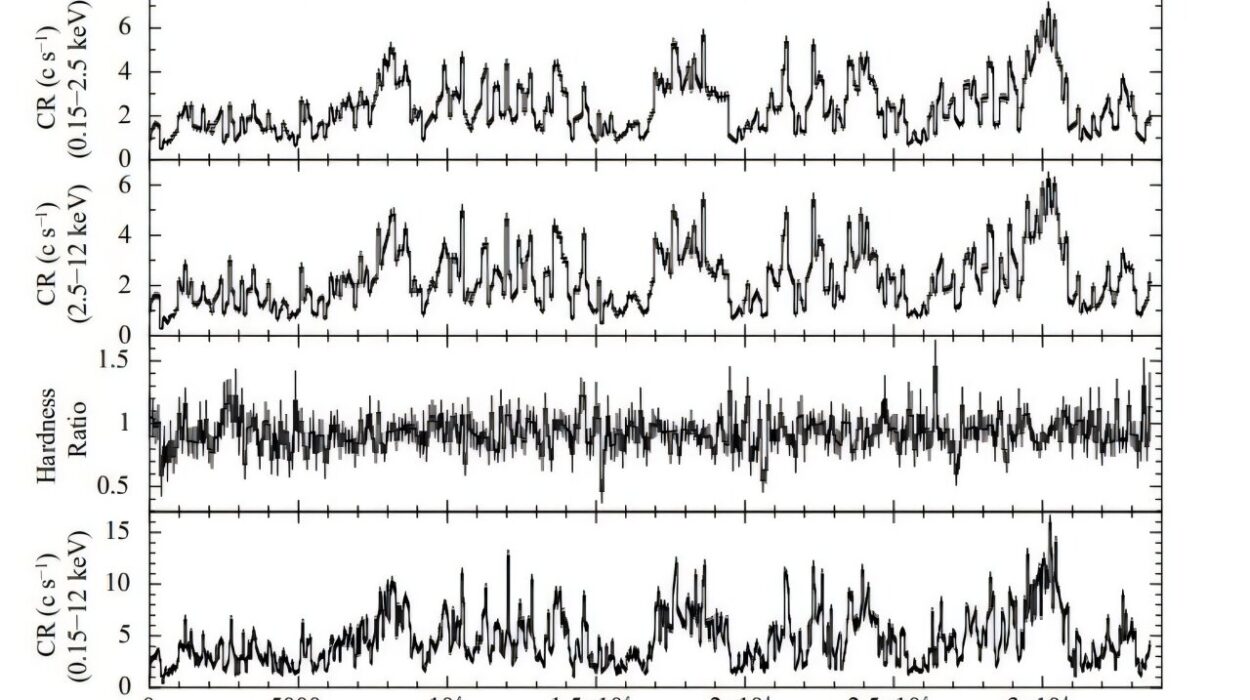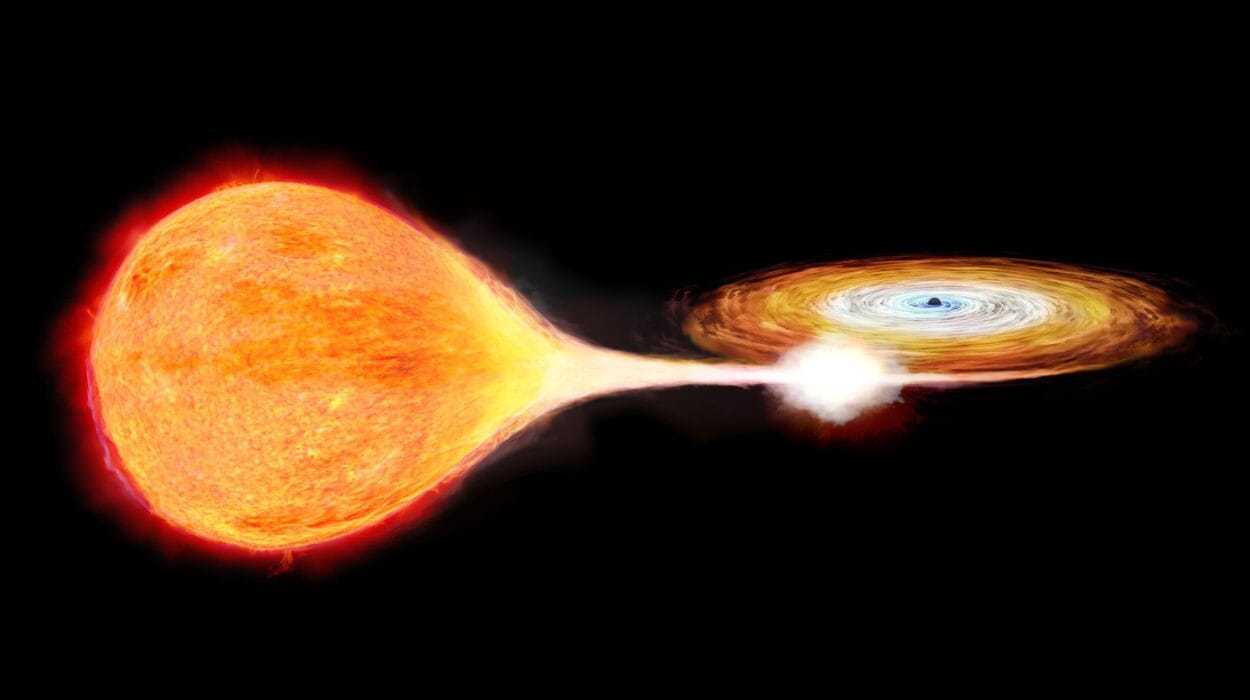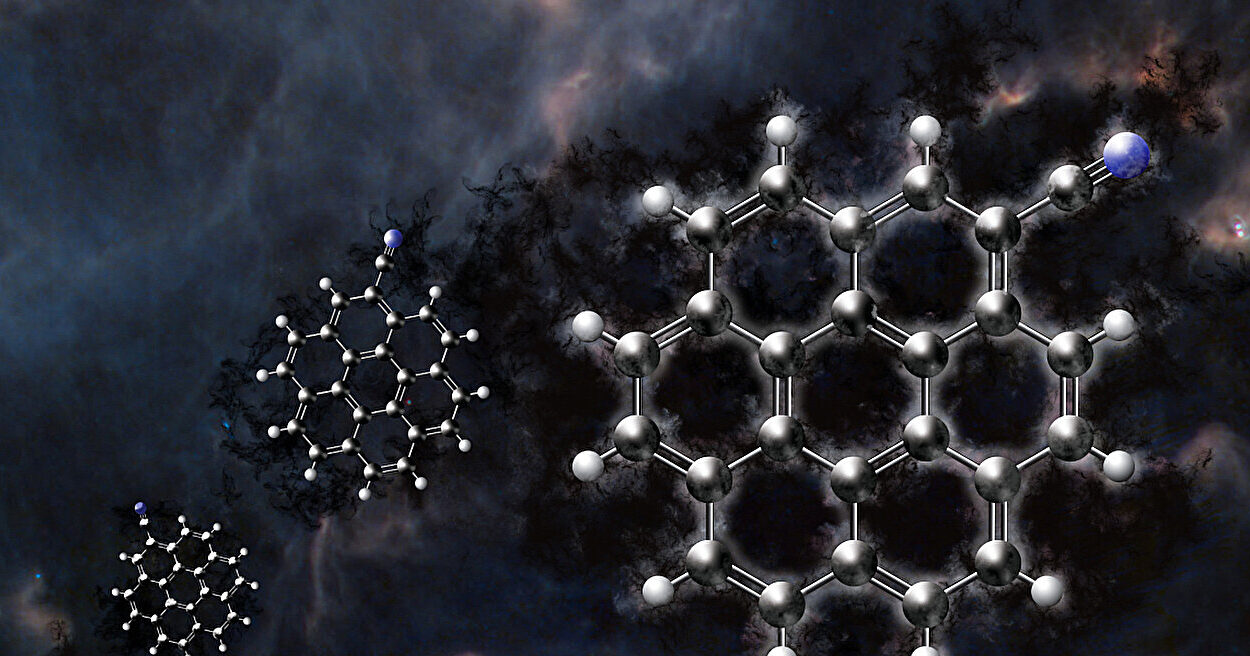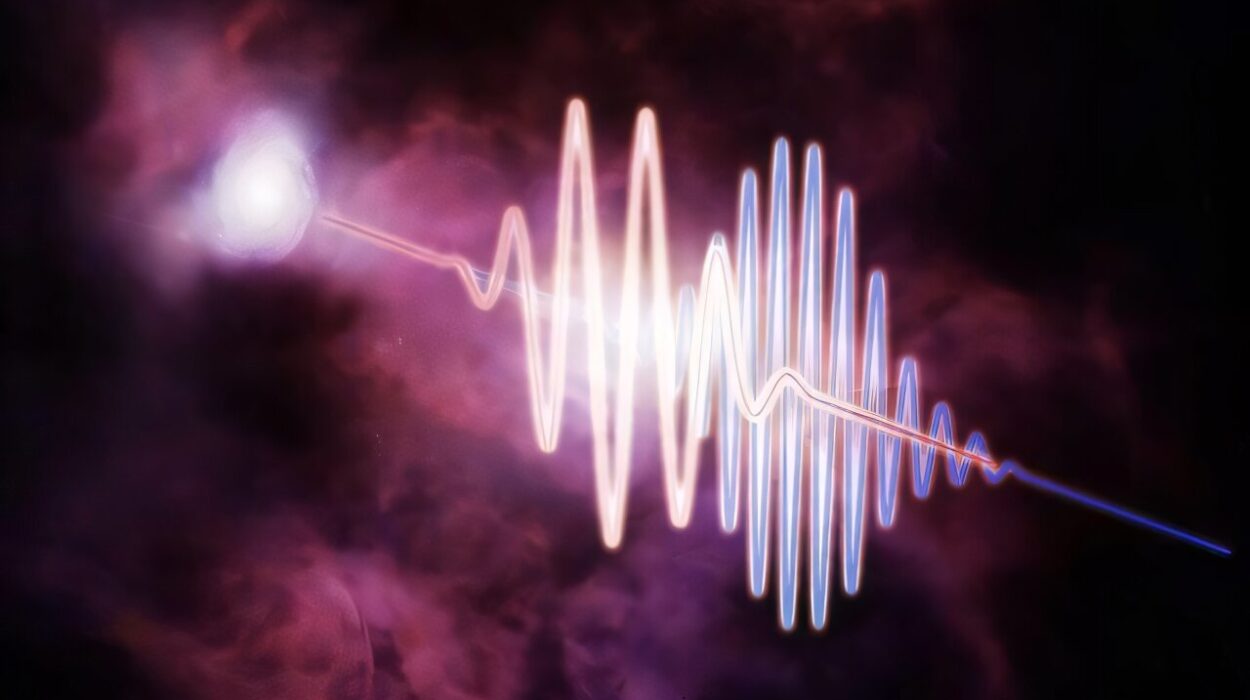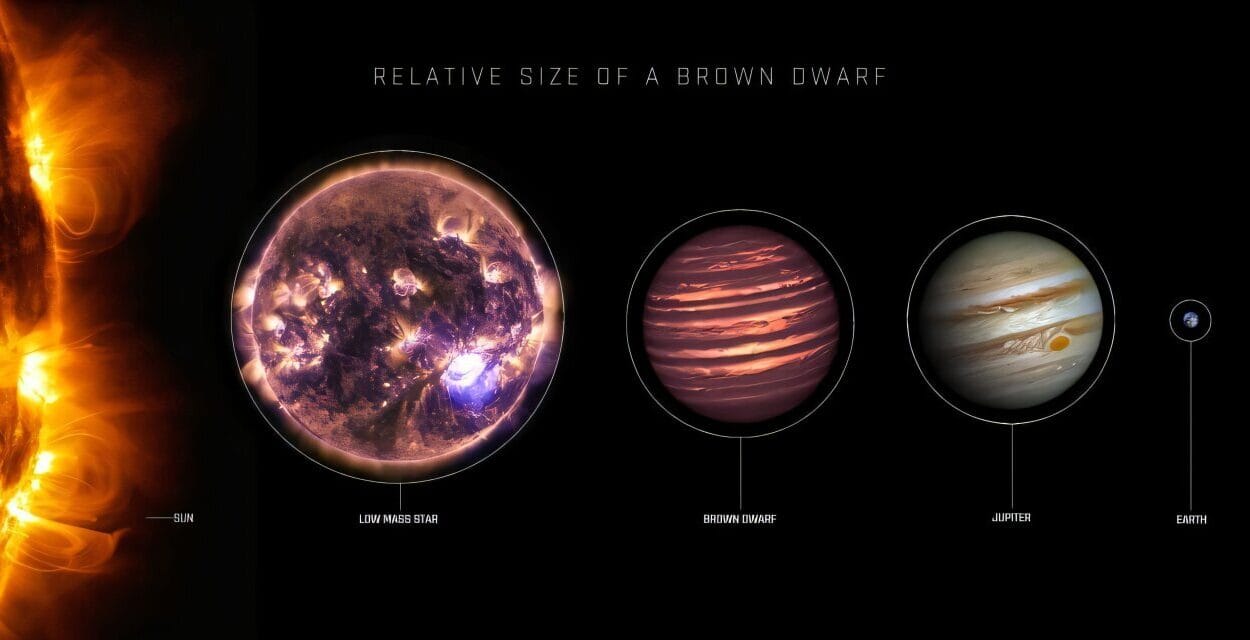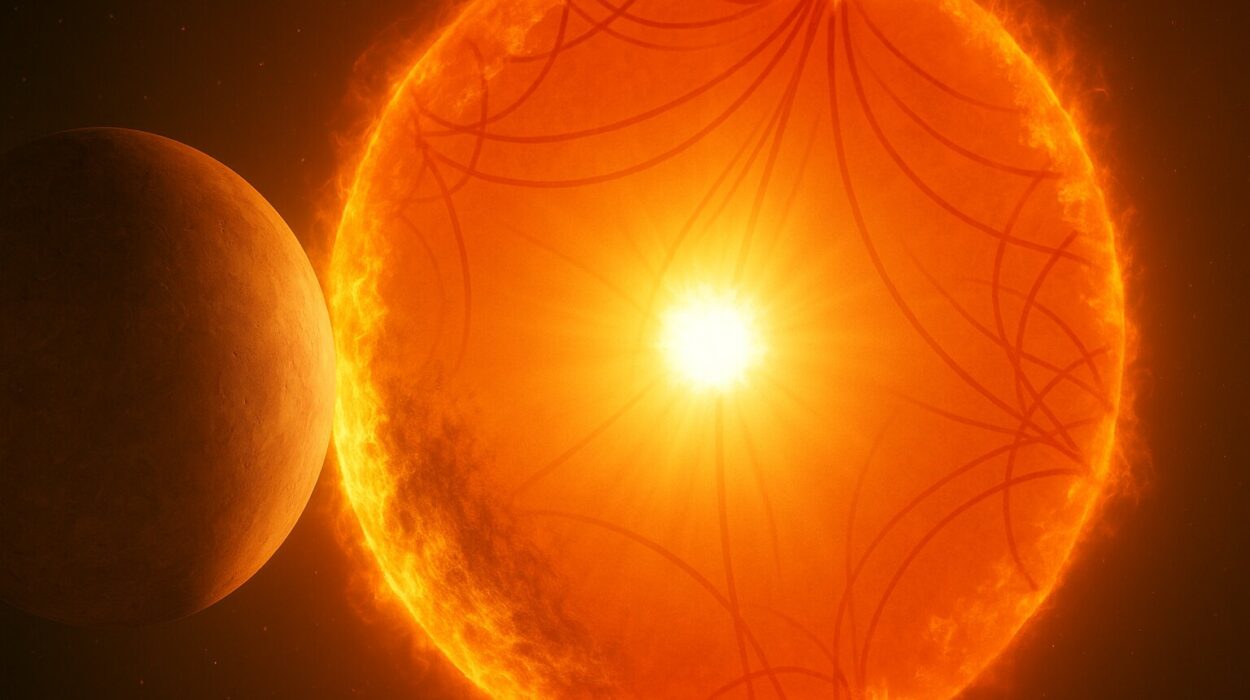For over a century, black holes have captured the imagination of scientists and the public alike. Born from the equations of general relativity, these cosmic monsters seem to harbor a deep and disturbing paradox—a singularity, a point where the laws of physics shatter, logic falters, and time and space lose all meaning. For decades, physicists have grappled with this disturbing implication. But now, a growing body of research is shining light into the darkest depths of these objects, offering compelling new alternatives to the singularity-centered model—and, potentially, leading us closer to a long-sought quantum theory of gravity.
At the heart of this intellectual revolution lies a new paper published in the Journal of Cosmology and Astroparticle Physics, the result of a dynamic collaboration at the Institute for Fundamental Physics of the Universe (IFPU) in Trieste, Italy. In this synthesis of cutting-edge thought, physicists propose bold new models of black holes—models that might just rid the universe of the singularity problem once and for all.
As one of the lead authors, Stefano Liberati, explains, the mysterious heart of black holes has long been the mapmaker’s dragon of modern physics. “Hic sunt leones,” he says, referencing the Latin phrase ancient cartographers once used to designate uncharted, potentially dangerous lands: “Here be lions.”
Today, the singularity is our lion—a region where the known rules of the universe simply stop working.
The Singularity Problem: A Legacy of Einstein and Schwarzschild
To understand why singularities are such a thorn in the side of modern physics, we must rewind to 1915, when Albert Einstein first unveiled his theory of general relativity. In this new vision of the cosmos, gravity is not a force pulling objects toward each other, but a warping of space and time caused by mass and energy.
It didn’t take long for Einstein’s equations to hint at something extraordinary. In 1916, Karl Schwarzschild derived a solution to these equations that described a region of space where gravity becomes so intense that nothing—not even light—can escape. Thus, the idea of a black hole was born, although the term itself wouldn’t be coined until decades later.
Initially, black holes seemed more like mathematical oddities than real physical objects. But by the 1960s, interest exploded as physicists like Roger Penrose and Stephen Hawking demonstrated that singularities weren’t just possibilities—they were inevitable outcomes of gravitational collapse, assuming general relativity held true under extreme conditions.
Yet therein lay the problem. At the core of the black hole, the equations predicted an infinite curvature of spacetime: a singularity. This wasn’t just a place of extreme density—it was a place where the known laws of physics, including Einstein’s own equations, break down entirely.
This deeply troubled scientists. The very framework that predicted black holes could not explain what lay inside them. The singularity was not just a mystery—it was a crisis.
The Evidence Grows—but So Does the Mystery
Even as debate raged over the implications of the singularity, observational evidence for black holes began to accumulate. Astronomers found powerful X-ray sources in space suggestive of massive, invisible objects devouring nearby stars. In 2015, the Laser Interferometer Gravitational-Wave Observatory (LIGO) detected ripples in spacetime from the merger of two black holes—proof that these enigmatic entities not only exist but also dance, collide, and coalesce.
Then came the visual triumphs: in 2019, the Event Horizon Telescope delivered the first image of a black hole’s silhouette—the shadow of M87*, a supermassive black hole at the center of a galaxy 55 million light-years away. In 2022, we saw the image of Sagittarius A*, the black hole at the center of our own Milky Way.
These groundbreaking discoveries confirmed what general relativity had long suggested. But they also deepened the singularity puzzle. Despite our growing ability to observe the outskirts of black holes, we still knew nothing about what happens inside. The singularity remained hidden behind the event horizon, beyond the reach of even light—and certainly beyond direct observation.
Reimagining the Heart of Darkness
The idea that a singularity might not be a real physical entity, but rather a sign of our incomplete understanding, has gained momentum in recent years. After all, infinite density and the breakdown of laws are not hallmarks of successful scientific theory—they’re red flags. Just as the concept of “absolute space” collapsed under Einstein’s theory of relativity, the singularity might one day fall to a deeper, more unified understanding of nature.
The path forward likely requires a theory that merges general relativity with quantum mechanics—a quantum theory of gravity. And that’s where the work of Liberati and his colleagues at IFPU comes in.
Their recent paper doesn’t just critique the singularity; it presents alternatives. Specifically, it explores two promising classes of black hole models that avoid the need for a singularity altogether: regular black holes and black hole mimickers.
Regular Black Holes: Taming the Core
Regular black holes are theoretical constructs that resemble traditional black holes in many ways—massive, compact, and possessing event horizons. But crucially, they do not contain a singularity at their core.
These models often incorporate quantum effects or exotic forms of matter to “smooth out” the infinite curvature predicted by classical general relativity. The idea is that at ultra-high densities, quantum gravity kicks in, preventing the formation of a true singularity and replacing it with something more benign—perhaps a core of finite density or a bounce-like structure.
Some versions of regular black holes are inspired by loop quantum gravity, a leading candidate for quantum gravity theory. Others rely on modified equations of state or nonlinear electrodynamics. The technical details vary, but the central concept is the same: there is no breakdown of the laws of physics, only a new domain where quantum corrections take over.
Mimickers: The Great Cosmic Impostors
Even more radical are the so-called black hole mimickers. These objects look like black holes from the outside. They have immense mass and gravity. Light curves around them, and they cast similar shadows. But they have no event horizon—and no singularity.
Instead, mimickers could be composed of exotic forms of matter or be the result of quantum gravitational effects. Some proposed candidates include gravastars, boson stars, and wormhole-like objects. Others suggest these objects could arise naturally during stellar collapse, stabilized by quantum effects or new physics beyond the Standard Model.
Unlike regular black holes, which still allow for an event horizon (albeit with a gentler core), mimickers dispense with the horizon altogether. That means, in theory, they could emit some form of thermal radiation from their surface, giving observers a potential clue that they are not true black holes.
Testing the Models: How to Catch a Mimicker
Observationally distinguishing between these models and classical black holes is no easy task. So far, all our data—gravitational waves, shadow images, accretion disk behavior—probe only the exterior regions of black holes.
But as Liberati points out, not all hope is lost. Mimickers and regular black holes differ subtly from standard black holes even outside the horizon. These differences might show up as tiny deviations in gravitational wave patterns, in the shape of photon rings, or in unexpected emissions from near the surface.
For example, while the Event Horizon Telescope has already delivered awe-inspiring images, future upgrades could increase resolution to the point where detailed structures within the light-bending photon ring could be scrutinized. If a mimicker’s surface radiates heat, we might detect thermal emissions that a true black hole would not produce.
Similarly, next-generation gravitational wave detectors, such as the Einstein Telescope or the Laser Interferometer Space Antenna (LISA), could detect post-merger echoes or phase shifts in waveforms that betray the lack of a true horizon or indicate a non-classical interior.
These are subtle effects. But as our tools sharpen, our eyes may finally pierce the veil.
The Road to Quantum Gravity
The implications of this research stretch far beyond black holes. If we can find observational evidence that regular black holes or mimickers exist, we would be probing the quantum structure of spacetime itself.
This would represent the first step toward a long-dreamed goal of physics: unifying general relativity with quantum mechanics. A successful theory of quantum gravity would not only solve the singularity problem—it could reveal entirely new facets of the universe.
In some models, information may escape black holes after all. Time and space could loop or bounce in novel ways. Even the nature of causality might change under certain conditions. All of this depends on what lies at the core of the black hole—or in the place we once thought was a black hole.
A New Era Dawns
As Stefano Liberati and his colleagues stress, the work presented in their paper isn’t just a review of existing theories. It’s the product of active dialogue, of minds grappling with mystery, and of a scientific community refusing to accept ignorance as the final answer.
By bringing together theorists, phenomenologists, and observational experts, they’ve outlined not just models but pathways—ways to test, refine, and, ultimately, either confirm or rule out bold new visions of the cosmos.
The black hole singularity may one day be seen not as the end of physics, but as a frontier we dared to cross.
As Liberati puts it, we are now entering “a truly exciting time.” The lions may still roam near the heart of the black hole, but for the first time, we’re planning expeditions into their territory—not just with equations, but with telescopes, detectors, and the relentless curiosity that defines science itself.
The darkness is still vast, but it is no longer impenetrable.
Reference: Raúl Carballo-Rubio et al, Towards a Non-singular Paradigm of Black Hole Physics, Journal of Cosmology and Astroparticle Physics (2025). On arXiv: DOI: 10.48550/arxiv.2501.05505
